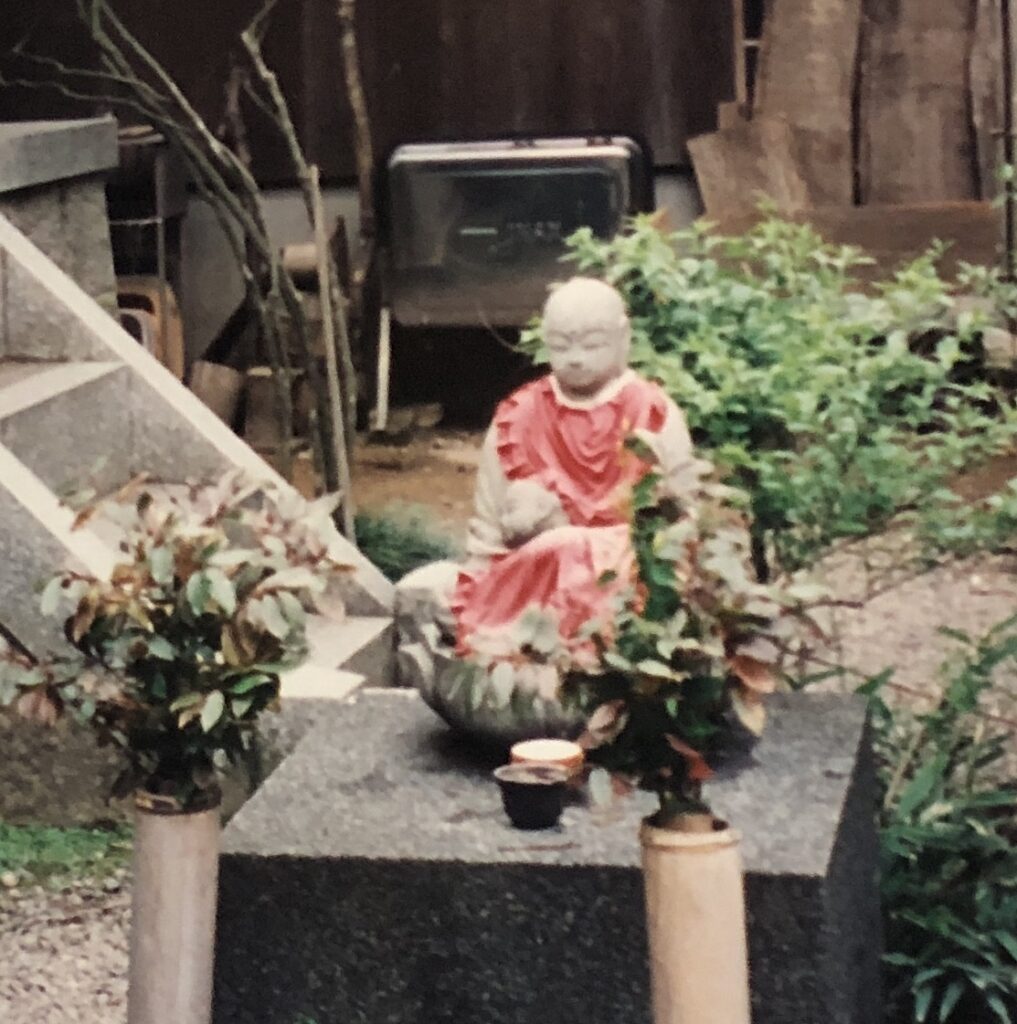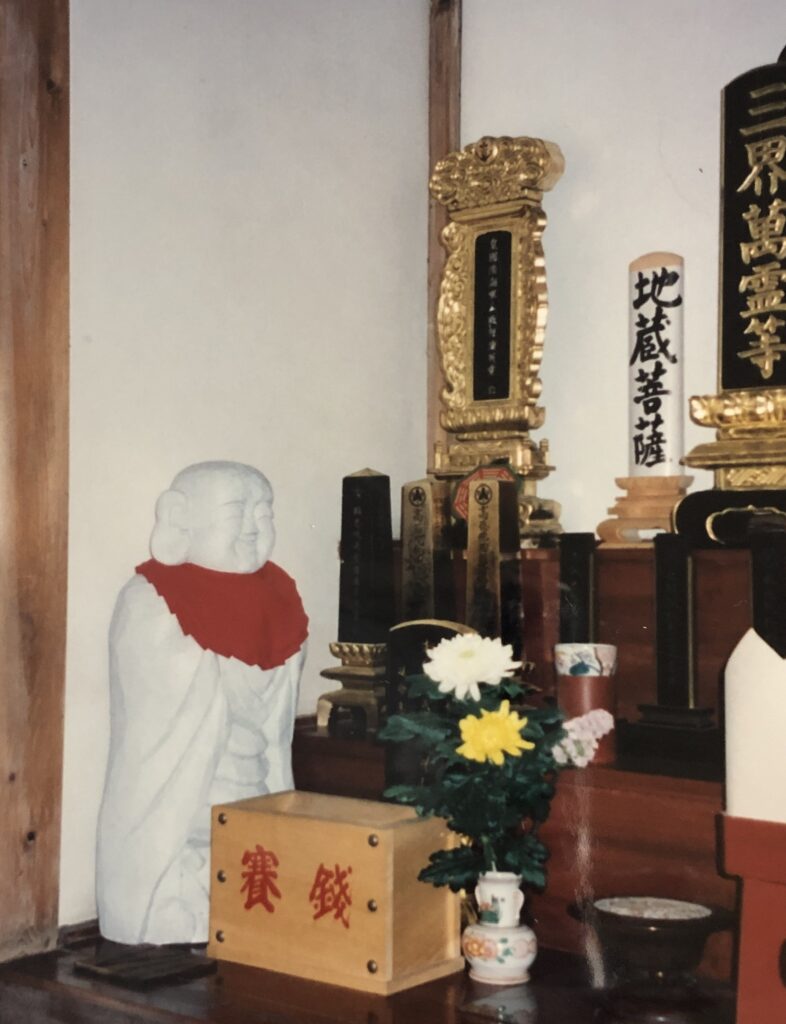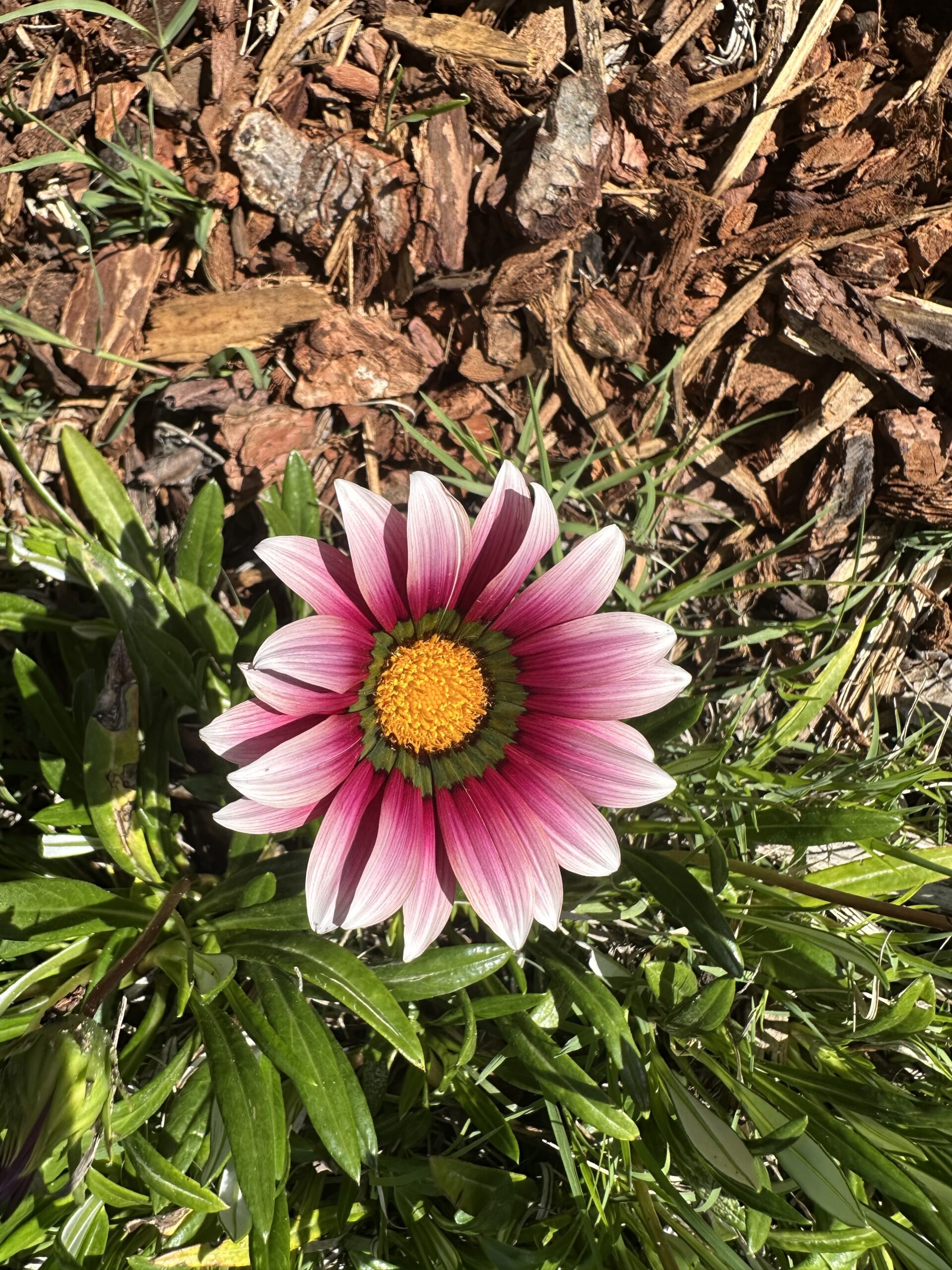
Ten years ago, I asked H.H. Dorje Chang Buddha III about what I should do to help a student who had just miscarried a baby. He very compassionately gave me the advice that is conveyed in the following article which I shared with her and her husband. Yesterday during our ZOOM class, another student asked a similar question for a friend and I promised to share this article with her, which I did. In rereading the article, I realized that I should share this with you as well. I am not aware of any similar discourse given by His Holiness on this matter. It is such a beautiful way of explaining what happens that I believe this will be of help to others. There is also another article from the New York Times on “The Japanese Art of Grieving a Miscarriage” that shares one woman’s experience with how another culture handles this event.
Dharma for the Unborn Baby
I recently asked my Buddha Master, H.H. Dorje Chang Buddha III, what dharma I should practice for a student who had just had a miscarriage and for her baby. Should we do the Amitabha Buddha ceremony that is usually given for those who leave this world to enable them to be reborn in the Western Paradise or is there another special dharma that is more appropriate? I knew of the Water Baby or Mizuko kuyo (Fetus memorial service 水子供養) they did in Japan and sometimes in Zen centers in America where prayers are made to Kishitagharba (Jizo in Japanese and Earth Store Bodhisattva 地藏菩萨 in Chinese) and brightly colored (usually red) bibs or other clothing are made and placed on small statues of this great bodhisattva. The Japanese Jizo is often portrayed as a small child-like image of the bodhisattva carrying a monk’s staff in his right hand and a wish-fulfilling jewel in his left. When I stayed in Japanese temples in Japan, the adjacent cemeteries were filled with many of these statues who might sport many layers of bibs. I wondered how so many babies could have died or women miscarried and found the ceremony was also given for aborted fetuses of which there were very many. I believe this practice is also popular in Taiwan, where it is known as yingling gongyang having traditional antededents dating back to the Han dynasty. What I also learned was that the Japanese belief of what happens to a child who dies before birth or as a baby is based on some old Japanese folk beliefs that have no place in Buddhism. These are based on how to address parental grief, the desire to comfort the soul of the fetus, and even fear of retribution from a vengeful spirit. Instead, the Buddha Master explained what happens and that we do not need to do anything special to help an unborn child to the Buddha Lands as such a child who dies naturally in its mother’s womb has already gone to the other shore.

The Buddha Master went on to explain that this is, like everything else, all a matter of cause and effect. If the baby died in its mother’s belly, it has already gone to the Buddha Lands. In fact, this is the happiest way to leave this land as you avoid the suffering of birth itself, as well as the suffering of sickness and old age. The baby does not have to bear the suffering of being born. We should all reflect on this and deepen our practice and cultivation so that we, too, do not have to endure the suffering of being born again and all the suffering that goes with life in samsara. His Holiness told me that when the child’s mother becomes accomplished and reaches the Buddha Lands herself, this child will be the first person she meets to welcome her there. Perhaps the child only took birth to help its parents on their spiritual quest for enlightenment?
The Buddha Master then asked that the mother consider, “Do you love this baby? If you do love this child, shouldn’t you rejoice that the child not bear the suffering of being born? If you really love the baby, you should be happy because the baby did not have to bear the suffering that the rest of us must endure.” Thinking in this way will only increase the holy emotions between the baby and the mother. If the mother then loves and prays for the baby in this way, the mother’s behavior is really that of a bodhisattva, because she is praying for the happiness of another living being. When a baby is born if suffers. Physical birth is suffering. After birth, the child cannot move or speak or make its wishes known and so it suffers. The Buddha Master has spoken of this in other discourses. If the mother prays for the baby, her behavior or her mind is like that of a bodhisattva. Thus this special kind of birth may help the mother to become accomplished. The Buddha Master also said there were other considerations that He would not comment on, as we also needed to comply with the laws of the land. This was such a beautiful way of explaining the Buddha-dharma and the laws of cause and effect and how even a very small fetus can teach us of the wonders of the Buddha-dharma. How fortunate we are to have H.H. Dorje Chang Buddha III to explain the way of the universe in such compassionate and beautiful terms. Both Venerable Denma Tsemang Longzhi Rinpoche, who translated the discourse for me, and I were very touched by this account. Venerable Longzhi told me he had never heard the Buddha Master discourse on this matter before. I become teary-eyed just remembering the Buddha’s kind words and the depth of His caring for both the unborn child and the well being of its mother. Amitabha!





Add comment